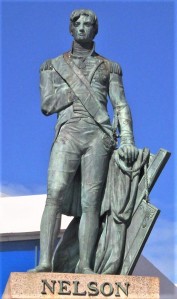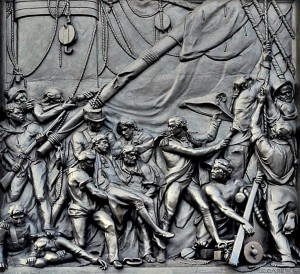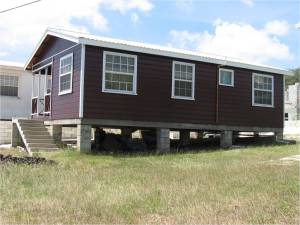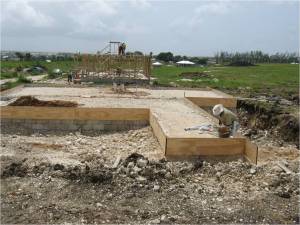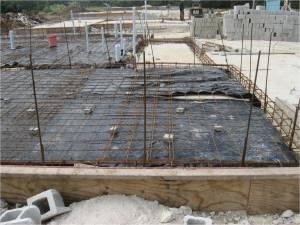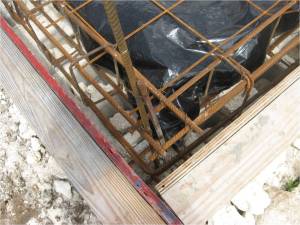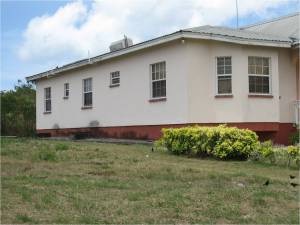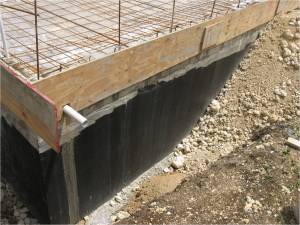No Referendum, no Republic!
I listened to our Prime Minister give an interview on ABC Australia, part of which was carried on CBC-TV news on 17 Sep 2020. In it, the Prime Minister explained that Barbadians will not be allowed a referendum, to decide on whether they support Barbados becoming a Republic,
Our Prime Minister must know that she cannot do that. Our Attorney General, all the lawyers in the BLP and DLP, our Governor General, and all our judges should know that she cannot do that. Yet, she noted that she will follow NIKE and “just do it”.
Our Prime Minister is not a dictator, so she must have a proverbial ‘Ace’ up her sleeve. In the interview, she revealed it. She justified her approach by explaining her belief that Barbadians elected her to do it. Let me quote her.
“We certainly campaigned on it in the manifesto, that while we committed to referendum on other issues, we did not on this one, and we made it clear that this is where we believe the country must go.”
WAS IT CLEAR?
As the leader of the third largest political party in Barbados, and on behalf of the thousands of Barbadians who voted for Solutions Barbados in the last General Election, I had to investigate this claim. Because either I was suffering from some sort of memory loss and had to resign, or our Prime Minister inadvertently misspoke.
I reread the BLP’s 2018 Manifesto. There was no mention of any plan to make us a Republic. On the matter of referenda, page 45 states:
“Introducing National Dialogues, National Referenda and consulting with Barbadians on major national issues, such as the decriminalisation of recreational marijuana.”
Is changing our system of government to a Republic, not more of a major national issue than decriminalising recreational marijuana?
I then read the BLP’s 2016 Covenant of Hope. Again, there was no plan to make us a Republic. On the mater of referenda, Page 22 states:
“We support the use of People’s Initiatives, as well as the mechanism of Referenda, to ensure that our citizens may influence the work of our Parliament and our Executive. This permits our people, and not only Parliamentarians, to have an appropriate role in decision-making on fundamental issues affecting the stability and cohesion of our nation. This must always follow an intensive public education programme.”
If fundamentally changing our system of government to a Republic, does not qualify as a fundamental issue affecting the stability and cohesion of our nation, then what does?
WHAT WENT WRONG?
So, where could our Prime Minister have gotten the idea, that a Republic plan was in their campaign manifesto? I decided to investigate. I read the BLP’s 2013 Manifesto, but there is no mention of a Republic plan. So, I read the BLP’s 2008 Manifesto, and there it was, on page 77:
“Update the Constitution Review Commission recommendations on replacing the Crown with a Barbadian President and proceed to consult the public fully by way of a referendum”
Clearly the BLP’s stated intent was to measure the public’s support, of our politicians’ desire for a Barbadian Republic, by a national referendum. So, what happened?’
One possible explanation is that a plan to make Barbados a republic without a national referendum, was in an early draft of the BLP’s 2018 Manifesto. Since the BLP cannot force Barbados to become a republic, that plan was abandoned. Whatever the explanation, the BLP does not have a mandate to make us a Republic.
Without a mandate from the people to make us a Republic, the BLP needs to go back to the drawing board. To become a Republic, there must be support from both the Government and the Public – there is no other way. The public’s support is normally measured by a national referendum. No referendum, no republic.
Grenville Phillips II is a Chartered Structural Engineer and President of Solutions Barbados. He can be reached at NextParty246@gmail.com
Note: The link to the PM’s interview follows.

